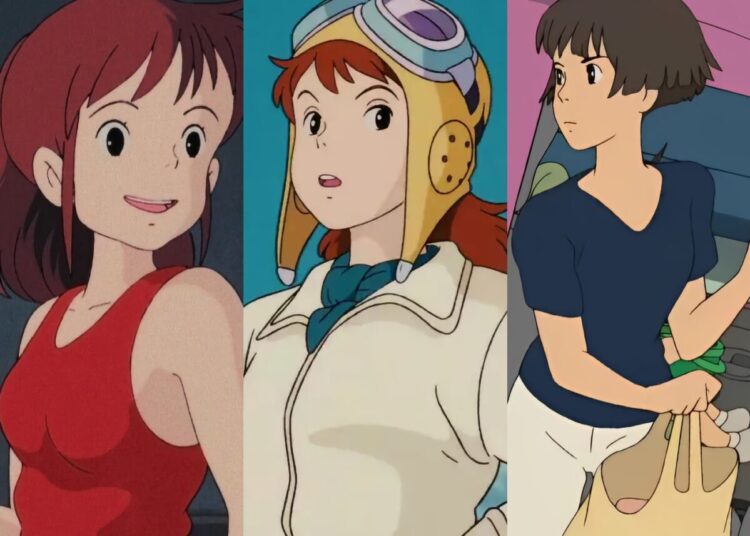I clearly remember an episode back in the third grade. I had checked a book called Flying Origami by Eiji Nakamura out from the library. The book was great, filled with really cool Japanese paper airplanes to make, but there was just one problem — I had no idea how to pronounce the word origami, which was just too difficult for my nine-year-old brain to handle. Little did I know I’d end up living in Origami Central one day, which goes to show that you never know where your life will take you. Anyway, I’ve decided to present a “quickie pronunciation guide” for Japanese, in case it will help anyone.
First, understand that Japanese is a syllabic language, meaning that sounds always come in consonant + vowel syllable pairs (e.g. ka, ki, ku, ke, or ko, never just a “k” sound by itself), or as a single vowel syllable. The exception is the letter “n,” the only consonant that can appear by itself, without which we wouldn’t have the word ramen (and that would be a travesty). Vowels are easy as pie in Japanese — there are only five, identical to the ones in Spanish. They are:
A – “ah” rhyming with “fall”
I – “ee” rhyming with “feel”
U – “oo” rhyming with “fool”
E – “eh” rhyming with “let”
O – “oh” rhyming with “go”
When you see a word like origami, just break it into syllable-sized chunks, pronouncing all the letters and squeezing it into the “Japanese phoenetic grid”: oh-ree-GAH-mee. There are no diphthongs in Japanese — a vowel all by itself is treated as a syllable separate from what it’s next to, so a name like Miura would be three syllables, mee-OO-ra. When you see a Japanese name or word, try not to let the pronunciation rules of English get in your way. We had a friend named Tomoe (toh-moh-EH), but English-speakers always called her “Tomo,” thinking that the “silent e” on the end of her name should be ignored. Other things to keep in mind: a g sound like ge or “gi” is always hard (as in go), never soft (as in giraffe), hence the third sound in Evangelion is indeed a hard “g,” in case you were wondering. The sound u is always oo, never “you.” And the ra-ri-ru-re-ro sounds are closer to an “L” sound than “R” in English, hence the word “ramen” is about 80% of the way to “lamen,” pronunciation-wise. Of course, the best way to learn to pronounce Japanese is while learning the hiragana and katakana writing systems. Remember that J-List has many cool products to help you start studying the language, if you want to give it a try.
A somewhat unique aspect of Japanese is the “small tsu” (小さい「つ」) a special kana character the indicates a brief pause between syllables, not unlike the short stop you can hear when saying words like “button” or “kitten.” Linguistically it’s called a glottal stop, and while many languages have them, you usually don’t have a way to express them in writing. Usually expressed in the Roman alphabet with double consonants, some words that have this brief pause include gakkou (gah-[small pause]-KOH, school), nattou (nah-[small pause]-TOH, fermented soybeans) and matcha (mat-[small pause]-CHA, green tea powder).
The Japanese love onomatopoeia, and there are many odd sound words used in Japan. One of the strangest is mokkori (there’s that “small tsu” again), which is the sound of something rising suddenly (e.g. the sound of a tent being pitched), a word made famous among anime fans by the classic City Hunter anime series of the 1980s. This wacky linguistic concept is embodied in here, a loveable character on our latest T-shirt. This upstanding little guy is a mushroom (what did you think he was?) who is a real straight-shooter. One of our wackiest Japanese T-shirts ever, it’s guaranteed to get you lots of attention from cute Japanese coeds who see you walking across campus.
At J-List, we sell lots of DVDs, including many high-end indies JAV or anime titles from Japan, such as the excellent films of Hayao Miyazaki, which are zoned for region 2 (Japan and Europe). For customers who want to enjoy DVDs from all parts of the world including Japan, we humbly recommend the three region-free DVD players we sell, which are fully compatible with North American television systems and have full 1-year warranties. We’ve discovered a cool new feature in the AMW M-280, the portable 7″ DVD player we sell for just $148. In addition to its many innovative features, this player will play MP3 music burned onto a DVD-R disc, allowing you to burn 4+ GB worth of tunes anywhere you want to play them (in your car, at home, etc.). Really cool!















